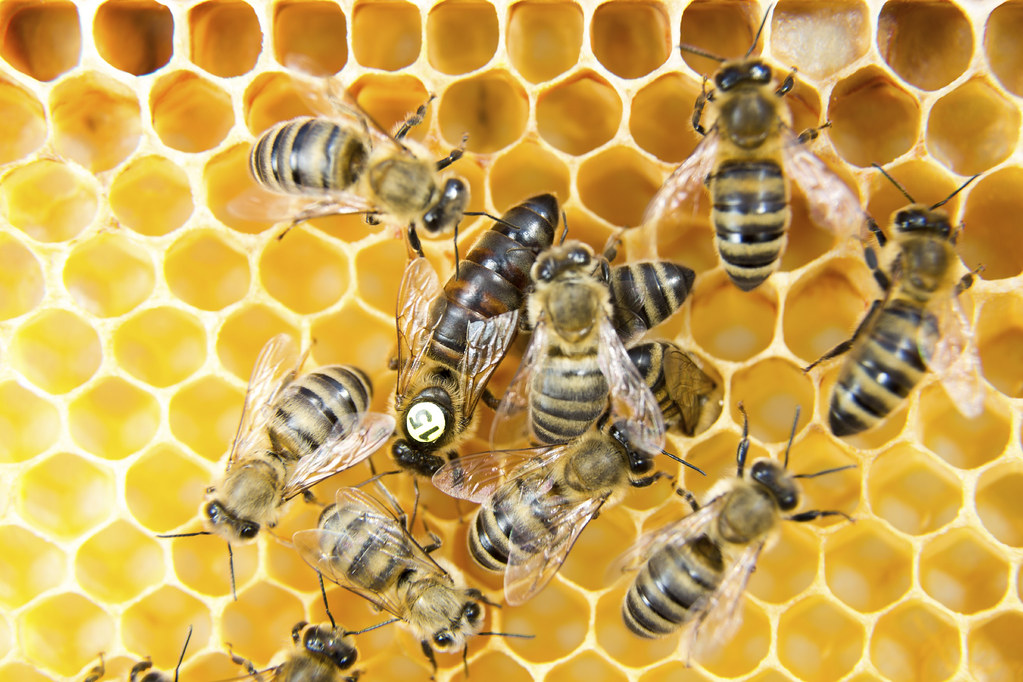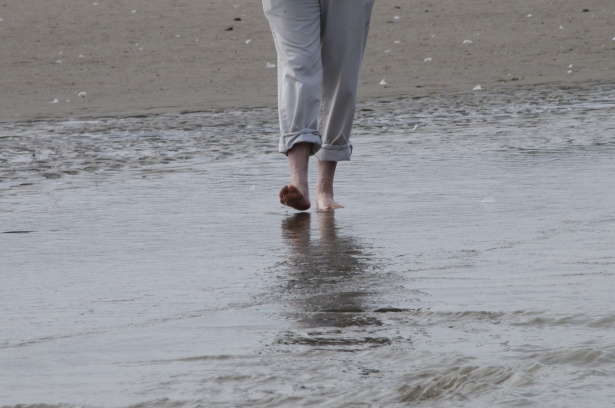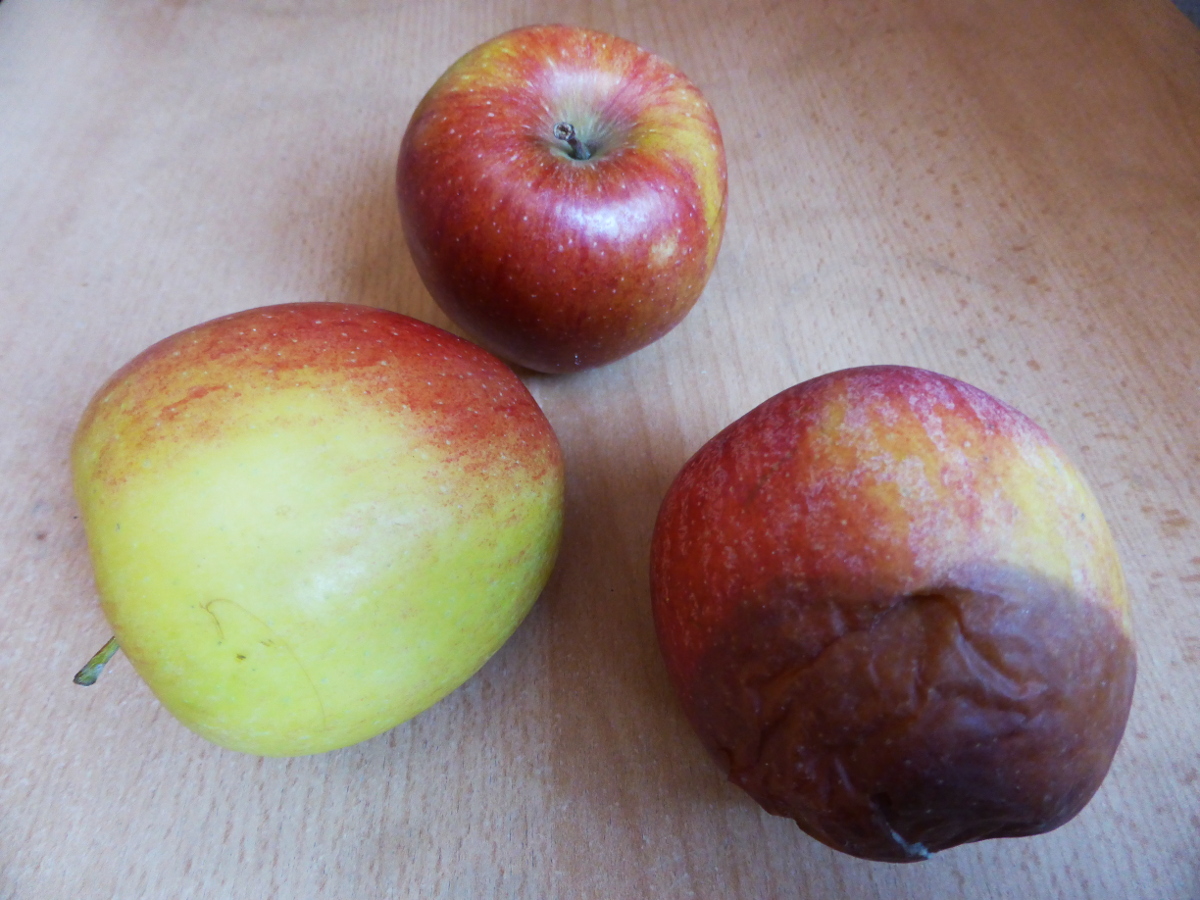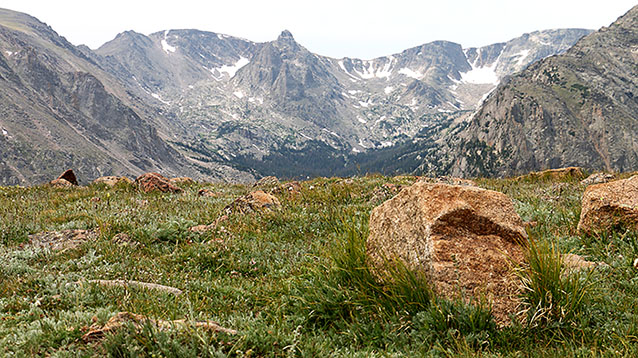 Environmental & Science Education
STEM
Climate Change
Culture
Society
Edward Hessler
Environmental & Science Education
STEM
Climate Change
Culture
Society
Edward Hessler
The United Nations’ International Panel on Climate Change
(IPCC) recently released a special report (SR 15) on the impacts of global warming of
1.5 degrees Celsius (2.7 degrees Fahrenheit) above pre-industrial levels. The
IPCC is the leading world body for assessing the science related to climate
change, its impacts and potential future risks, and potential response options.
The report’s full name is Global Warming of 1.5°C, an IPCC special report on the impacts of
global warming of 1.5°C above pre-industrial levels and related global
greenhouse gas emission pathways, in the context of strengthening the global response
to the threat of climate change, sustainable development, and efforts to
eradicate poverty.
The report was prepared under the scientific leadership of
all three IPCC working groups. Working Group I assesses the physical
science basis of climate change; Working Group II addresses impacts,
adaptation and vulnerability; and Working Group III deals with the
mitigation of climate change
There are several key messages but the first sentence in the
press release is a succinct summary: Limiting
global warming to 1.5ºC would require rapid, far-reaching and unprecedented changes
in all aspects of society. So it all
depends on the (rapid) response of humans and the governments of nations in which they
live. All countries and sectors must
act.
Here are a few highlights from the press release of this
gloomy report:
--We are already seeing the consequences of 1°C of global
warming through more extreme weather, rising sea levels and diminishing Arctic
sea ice.

--Half-degree increases--1.5ºC compared to 2ºC, or more—have
dramatic impacts. For instance, by 2100, global sea level rise would be 10 cm
lower with global warming of 1.5°C compared with 2°C. The likelihood of an
Arctic Ocean free of sea ice in summer would be once per century with global
warming of 1.5°C, compared with at least once per decade with 2°C. Coral reefs
would decline by 70-90 percent with global warming of 1.5°C, whereas virtually
all (> 99 percent) would be lost with 2ºC.
--Hans-Otto Pörtner, Co-Chair of IPCC Working Group II notes
that “Every extra bit of warming matters, especially since warming of 1.5ºC or
higher increases the risk associated with long-lasting or irreversible changes,
such as the loss of some ecosystems below relevant risk thresholds.” Portner
added that limiting global warming would also give people and ecosystems more
room to adapt and remain below relevant risk thresholds.
--Jim Skea, Co-Chair of IPCC Working Group III notes that “Limiting
warming to 1.5ºC is possible within the laws of chemistry and physics BUT doing so would require
unprecedented changes.” (My bold)
--The report finds that limiting global warming to 1.5°C
would require “rapid and far-reaching” transitions in land, energy, industry,
buildings, transport, and cities. Global net human-caused emissions of carbon dioxide
(CO2) would need to fall by about 45 percent from 2010 levels by 2030, reaching
‘net zero’ around 2050. This means that any remaining emissions would need to
be balanced by removing CO2 from the air.
As I so often do when I'm confronted with reports like these, I turn to an expert to see what /she has to say. This time the expert was Dr. Gavin Schmidt, a climate change modeler, who writes regularly on the blog RealClimate: Climate Science From Climate Scientists. Schmidt makes
some interesting comments on what the term 1.5 degrees centigrade means.
This special report defines “1.5ºC as the warming from the period 1850-1900.
This is 2.7ºF and about 1/3rd of an ice age unit (the amount of warming from
the depths of the last ice age 20,000 years ago to the mid-19th Century).
This baseline is not really “pre-industrial”… but this baseline is
easiest to adopt since estimates of climate impacts are being based on climate
models from CMIP5 which effectively use that same baseline. The timing of
projected impacts is a little sensitive to definitional issues with the “global
mean” temperature, and whether the instrumental record is biased with respect
to changes in the mean – particularly in the earlier part of the record when
the data is relatively sparse.
At current rates, we’ll hit 1.5ºC on a decadal-average basis by
~2040. The first year above 1.5ºC will occur substantially earlier, likely
associated with a big El Niño event in the late 2020s/early 2030s.
So the arithmetic is simple and frighteningly straightforward. By 2030, the carbon emission path must be steeply downward. So far, we haven't even peaked, i.e., there are no signs of even a small decline. One way to try to put this into perspective is to consider a new born born today or a toddler (pick the age) and think about what grade they will be in in 2030.
The science is settled no matter the number of people who think otherwise. George Will, writing on on populism v. modernism made use of a wonderful quote from Jonathan Rauch of the Brookings Institute. It applies here. "We don't mail Elvis a Social Secuity check, no matter how many people think he is alive." Will continues: No. Matter. How. Many. What isn't settled about climate change is our political and moral will to do something about it.
 When I read the 1.5 degree Celsius recommendation in the IPCC SR 15, I was doubtful whether it was really possible. Dr. Natalie Mahowald, one of the lead authors of the IPCC special report spoke about this goal to MSNBC's Ali Velshi. "It is going to be extremely difficult to keep temperatures below 1.5 and 2.0 degrees." Each degree, each tenth of a degree counts.
When I read the 1.5 degree Celsius recommendation in the IPCC SR 15, I was doubtful whether it was really possible. Dr. Natalie Mahowald, one of the lead authors of the IPCC special report spoke about this goal to MSNBC's Ali Velshi. "It is going to be extremely difficult to keep temperatures below 1.5 and 2.0 degrees." Each degree, each tenth of a degree counts.
Schmidt notes the difficulty of the efforts ahead as well as the need to sustain them (over decades). "This will be a marathon effort," he writes. "It is thus perhaps worth paraphrasing Eliud Kipchoge, the recent winner of the Berlin marathon:
The best time to start [reducing emissions] was 25 years ago. The second best time is today.
Here are relevant document links.


 CGEE Student Voice
CGEE Student Voice









